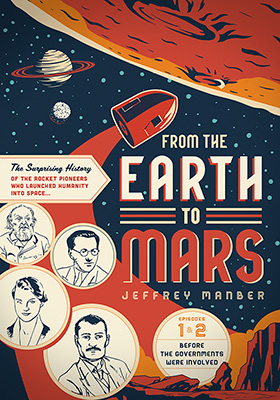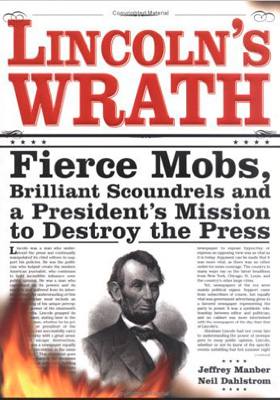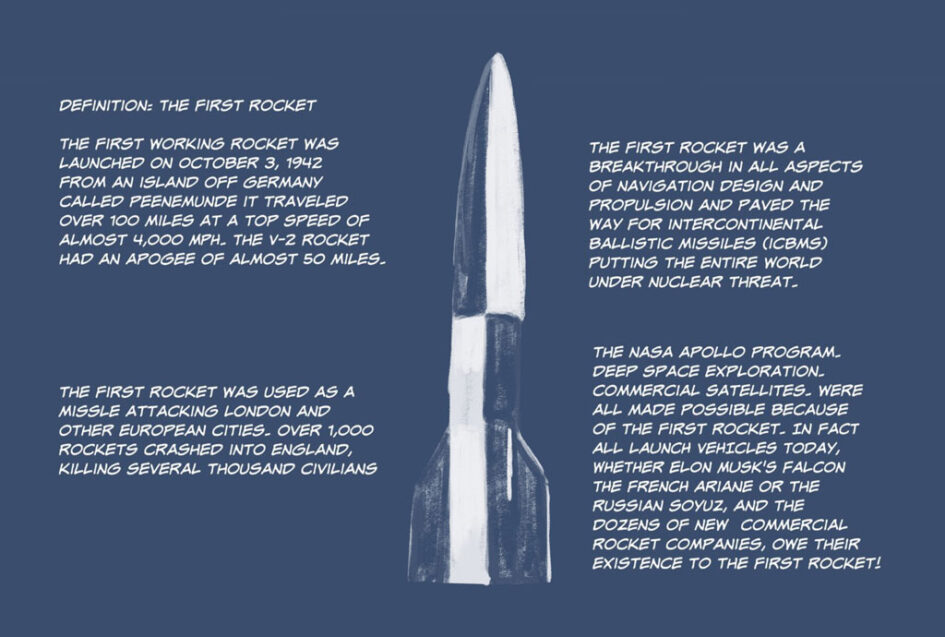It’s been a hundred years since a handful of visionaries turned the dream of spaceflight from science fiction into reality. But already, those first steps are lost in the haze of time—and also obscured by decades of half-truths and false assumptions.
How did we take the first steps?
Did it come from enlightened federal agencies? Precursors of the Apollo program and the race against the Soviets to be the first on the Moon?
I’ve always wondered about the early chapters in space exploration. Most importantly, I’ve wondered what it says about the path humanity took in the 20th century. Unlike aviation, space travel took far longer to accomplish far less. Why is that?
For several years I read everything I could find on the 1920s and the birth of ‘rocket travel’ as it was called then. So many surprises emerged. For starters, the birth of rocket travel took place outside of America. It was in Europe and Russia where magical ingredients came together: of gritty visionaries skilled in physics and mathematics, well-to-do business people willing to fund exotic new ventures, famous directors and writers pushing onto the public the excitement of voyagers to the Moon.
Not only was America absent but so too the role of governments. The pathway assumed by the first generation of rocket pioneers was one of commercial. That rockets could and would develop like planes. Or the radio. Or the car. And the other revolutionary frontier markets at the start of the 20th century. But it didn’t. The reasons why will become clear as we journey together through the episodes of the book.
From the Earth to Mars was written to introduce you to an amazing group of space visionaries that are still important to us today.
The book brings to life the journey from the science fiction of Jules Verne to his devoted readers who changed the course of space exploration, including the Russian schoolteacher Konstantin Tsiolkovsky and the Romanian-German engineer Hermann Oberth.
The first two episodes, now available, detail the intertwined similarities of the space communities that erupted first in Russia and then Germany, before the first rockets were even constructed. And before governments sought to control space exploration.
Revealed is the space-influenced web that included the German film artists Fritz Lang and his wife Thea von Harbou, the French space businessman Robert Esnault-Pelterie and the long-forgotten Latvian-Russian Friedrich Tsander, whose cry of “On to Mars, On to Mars!” inspired so many other early influential space dreamers who built the first rockets. Tsander’s passion reminds me of another entrepreneur whose is devoted to having humanity reach the red planet. Elon Musk has accomplished so much, but still the dream is frustratingly elusive, yes?
It was critical that the style of the book be as accessible as possible. That’s why I wanted a graphic novel format, and I hope everybody will enjoy the illustrations by Shraya Rajbhandary and the cartoon strips of Jay Mazhar! Both artists were so patient as I insisted that every image be as historically accurate as possible.
Space exploration has never been as robust and important as it is today. From the Earth to Mars is written for so many of you, the next generation of believers and visionaries preparing to take us to the Moon, and on to Mars—this time to stay.
Read more here or visit FromtheEarthtoMars.com.





